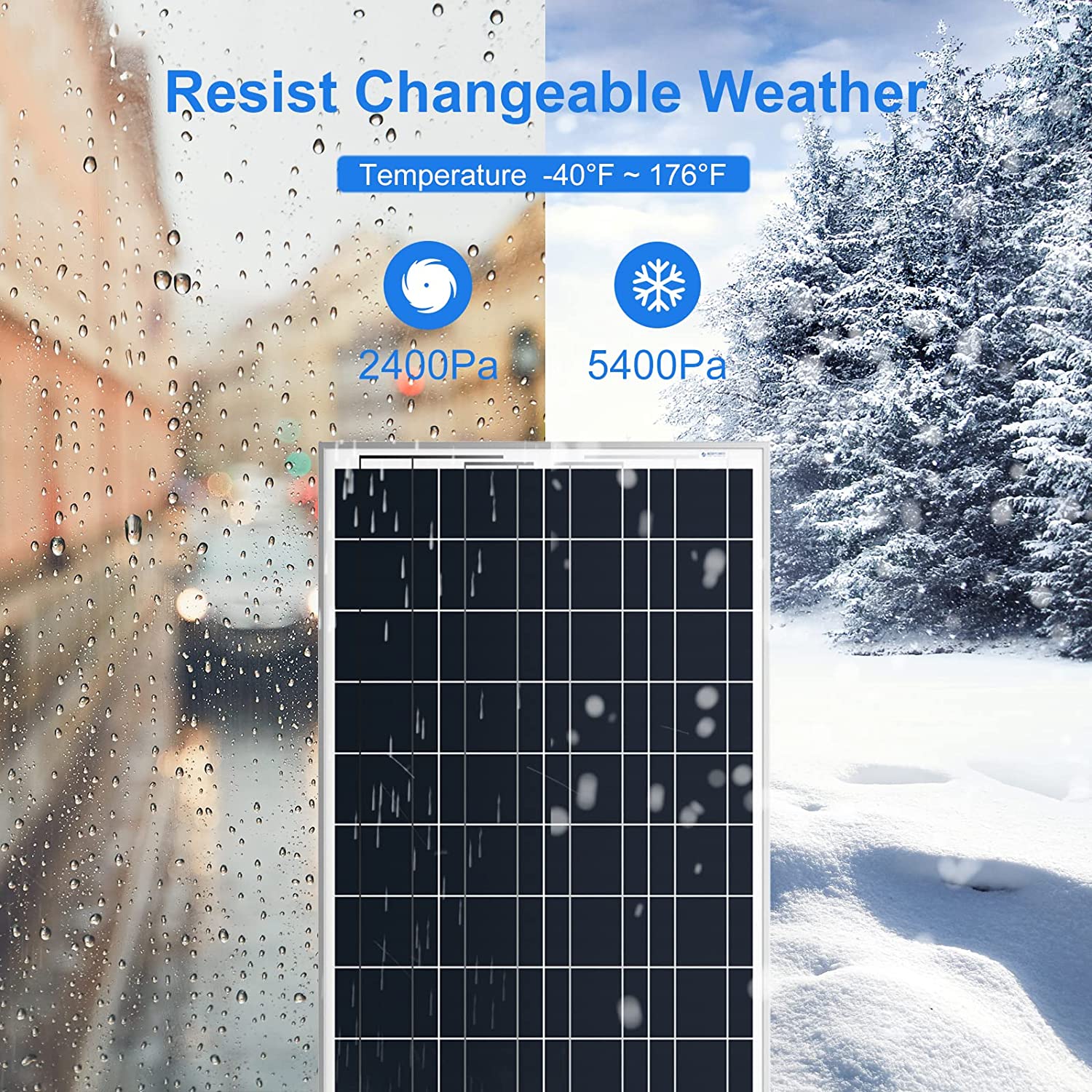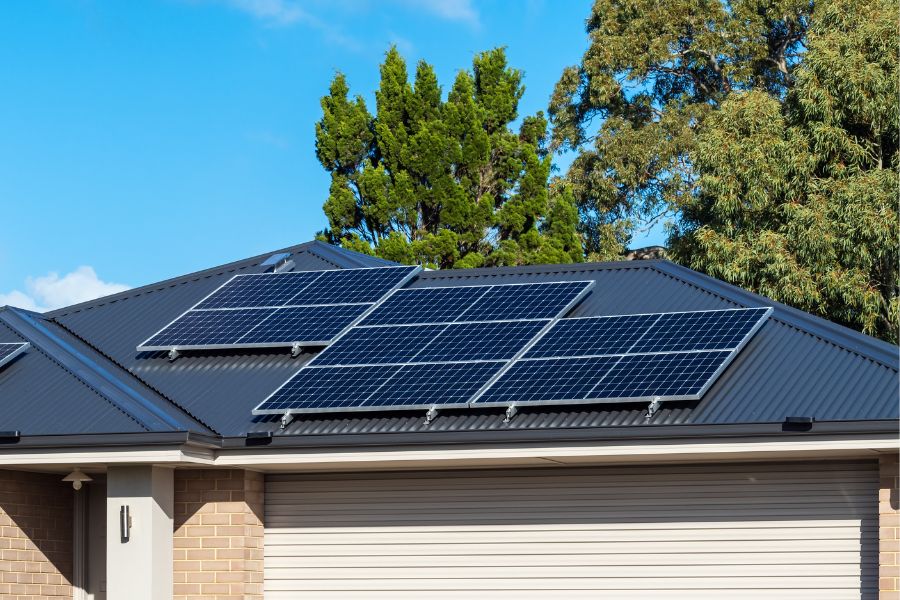
How Many Panels in a 4kW Solar System
In a world where environmental concerns are gaining increasing prominence, solar panels have become increasingly popular as they harness the sun’s power. This provides an eco-friendly and cost-effective way to generate electricity.
When switching to solar energy, one of the fundamental questions that might come to mind is, “How many panels do I need for a 4kW solar system?” A typical 4kW system will generate between 3,000 and 3,400 kWh of electricity annually.
This article will dive into the factors determining the number of panels required for a 4kW solar system. We will also offer practical insights into the process.
Understanding the Basics
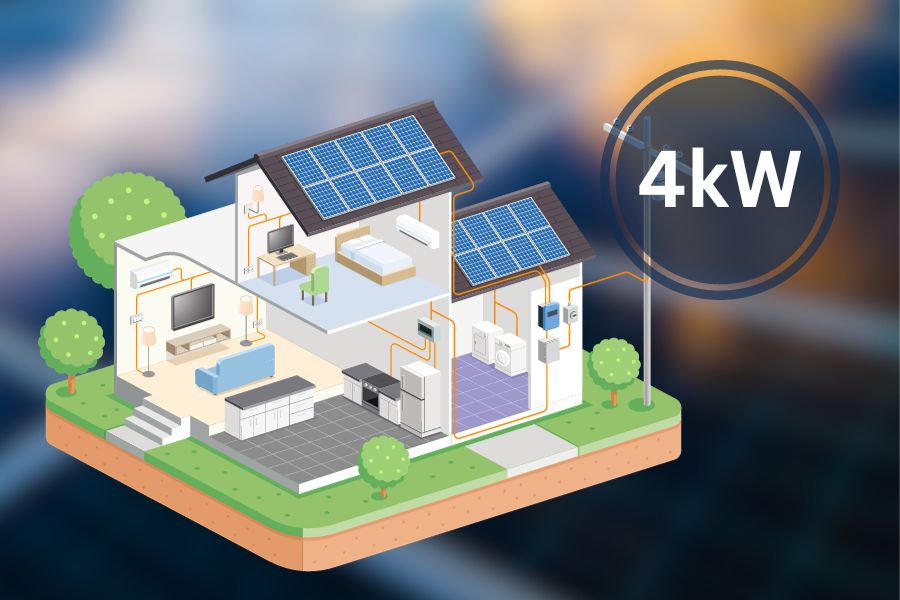
Before we delve into how many panels are in a 4kW solar system, let’s establish a foundational understanding of what a 4kW solar panel system entails. A 4kW solar system is designed to generate 4 kilowatts of electricity, roughly equivalent to 4,000 watts.
This system size is suitable for powering an average American home’s daily electricity needs. As a result, it is an ideal choice for residential solar panels.
However, the number of solar panels required to achieve this output can vary significantly based on several factors. They include your location, the efficiency of the solar panel system, and local weather conditions.
So, we will explore the key considerations determining how much electricity a 4kW solar panel system can produce and how many panels you might need to make it happen.
Solar Panel Efficiency
In the dynamic world of solar installations, solar panel efficiency is a fundamental factor that significantly impacts how many residential panels you’ll need to generate the desired electrical power in your 4kW solar system.
Efficiency ratings in the solar industry gauge how well a panel converts sunlight into electricity, determining how much power it can produce.
For a 4kW solar system geared toward efficient power usage, fewer panels are required if you opt for highly efficient panels. Conversely, with less efficient residential panels, you’d need to install more of them to meet your electricity generation goals.
The average efficiency of solar panels spans from 15% to 22%, with the most common range falling between 18% to 20%. Therefore, precise calculations based on the efficiency rating of your chosen panels are crucial in ensuring that your solar panel system meets your power needs effectively.
Solar Panel Wattage
When determining how many solar panels are needed for your 4kW solar power system, another crucial factor to consider is the wattage of the individual solar panels. These panels are available in a range of wattages, typically spanning from 250 watts to 400 watts or even more.
The wattage of a solar panel signifies the maximum power it can generate under ideal conditions.
To calculate how many solar panels are required for your 4kW solar power system, you can divide the desired system size (4,000 watts) by the wattage of the panels. For instance, if you opt for 300-watt panels, you would need approximately 13 to 14 panels (4,000 watts ÷ 300 watts) to achieve a 4kW solar system.
Remember that you might not always find panels with the exact wattage you need. Therefore, rounding up to the nearest whole number may be necessary.
These calculations are essential for determining how much energy your solar power system can generate. This ensures it aligns with your annual energy usage and the number of kilowatt hours you need to meet your power requirements effectively.
Local Sunlight Conditions
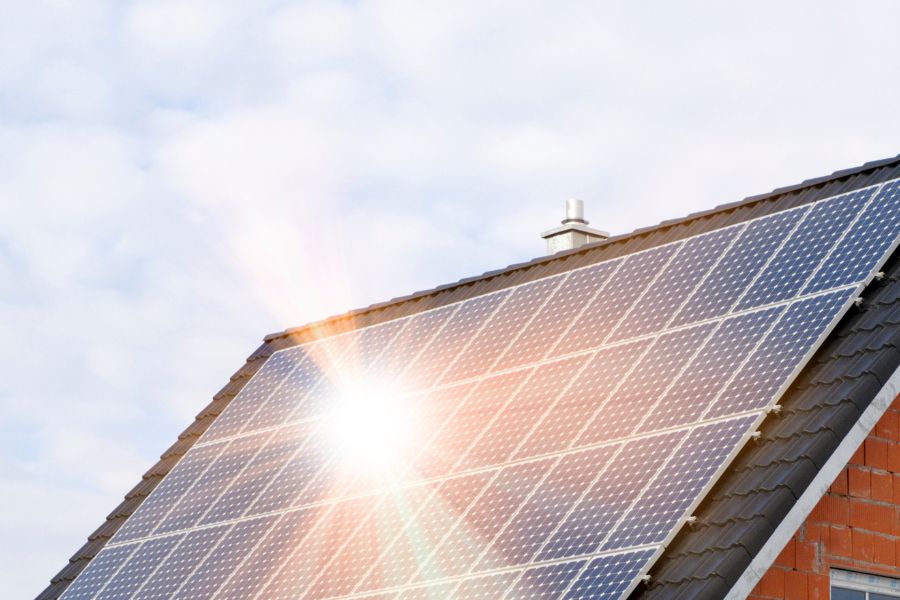
When determining how many panels are needed for your 4kW solar array, local sunlight conditions are a pivotal factor. The amount of sunlight your location receives throughout the year plays a crucial role in calculating the number of solar panels required for optimal energy production.
Areas blessed with abundant sunlight will require fewer solar panels to meet their annual kilowatt-hour needs. In contrast, regions with inconsistent sunlight may necessitate a larger number of panels to compensate for reduced energy generation.
The impact of local climate and weather patterns is significant. A sun-drenched locale not only generates more electricity over the year but can also help you make the most of available space.
Understanding how much electricity your solar panels can produce in your region is vital. This helps determine the number of solar panels needed to create an efficient and cost-effective 4kW solar system.
Roof Space and Layout
The available physical space on your roof and its layout significantly affect how many panels you can install and, consequently, how much electricity your solar system can generate. An unobstructed and spacious roof with ideal orientation and tilt enables efficient installation of the required number of panels.
In contrast, limited space, shade issues, or an irregular roof shape may necessitate fewer panels or more efficient panel models to maximize the available space for electricity production.
Energy Consumption
When determining how many panels are required for a 4kW solar system, your daily energy consumption is a critical factor. A 4kW solar system is generally tailored to meet the energy needs of an average American household.
If your household’s electricity consumption surpasses this average, you might need a larger system with an increased number of panels to generate the necessary amount of electricity.
Sizing your solar system to match your specific energy needs ensures that you produce and consume just the right amount of electricity, optimizing both cost savings and environmental benefits while meeting your particular requirements for how much electricity you use.
Inverter Efficiency
The inverter in your solar system also plays a role in the overall efficiency. Inverters convert the direct current (DC) produced by the solar panels into alternating current (AC) for use in your home.
Inverter efficiency can vary, and a more efficient inverter can make better use of the electricity generated by your panels.
Installation Quality
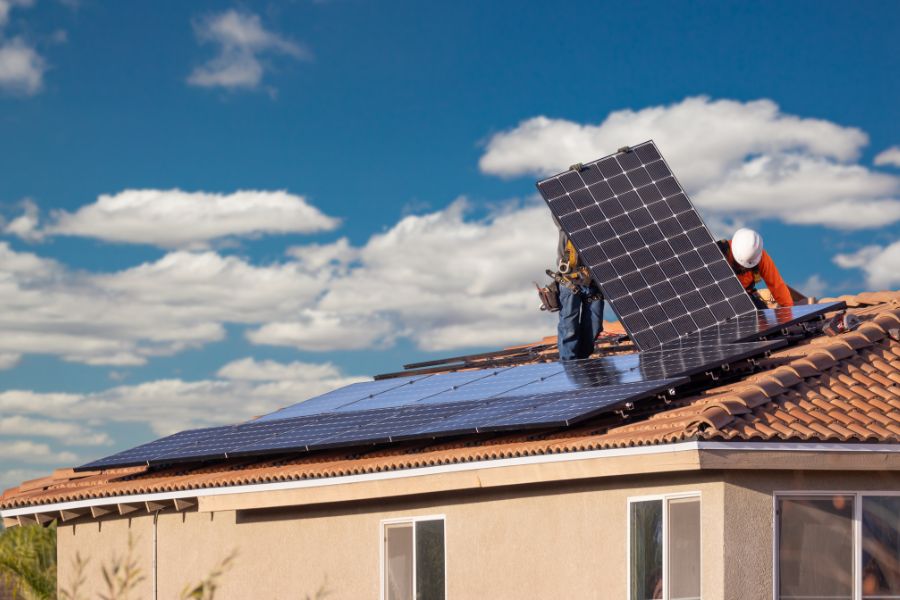
The quality of the installation and the expertise of your solar installer can impact the number of panels needed. A well-designed and properly installed solar system can maximize energy production, potentially reducing the number of panels required.
When installing a solar system, it’s not just about placing panels on your roof and connecting them to an inverter. The installation process involves several critical steps. The quality of these steps can significantly influence the efficiency of your system.
Here are some factors to consider when it comes to installation quality:
Panel Placement and Orientation
How your solar panels are positioned on your roof can make a substantial difference in energy production. Solar panels should ideally face south in the Northern Hemisphere and north in the Southern Hemisphere. This allows the panels to capture the maximum amount of sunlight throughout the day.
Additionally, their tilt angle plays a crucial role. A skilled installer will assess your roof’s structure and orientation to ensure the panels are optimally placed.
Wiring and Connections
Proper wiring and connections are essential to ensure that electricity generated by the panels is efficiently transmitted to your home.
Any inefficiencies or issues in the wiring can lead to power losses. The system may require more panels to compensate for the loss.
Inverter Selection
The choice of inverter is crucial in converting the DC electricity generated by the panels into usable AC electricity for your home.
High-quality inverters with good efficiency ratings can make the most of the electricity produced by your panels. They potentially allow you to install fewer panels to reach your 4kW goal.
Shade Analysis and Mitigation
A skilled installer will conduct a shade analysis to identify potential sources of shading on your roof throughout the day. Shading can significantly reduce energy production.
By identifying and mitigating these issues, your installer can help ensure your panels operate at peak efficiency.
Conclusion
The number of panels you need for a 4kW solar system depends on several factors. This includes the efficiency of the panels, the wattage of the panels, your local sunlight conditions, available roof space, energy consumption, inverter efficiency, and the quality of the installation.
It’s essential to work with a professional solar installer who can assess your specific needs and design a system tailored to your requirements.
Whether you need 12, 14, or more solar panels, transitioning to solar energy is a significant step toward a more sustainable and environmentally friendly future. Solar power not only reduces your carbon footprint but can also lead to substantial savings on your energy bills in the long run.
So, if you’re considering a 4kW solar system for your home, take the time to understand your unique circumstances and consult with experts to make the most informed decision.
